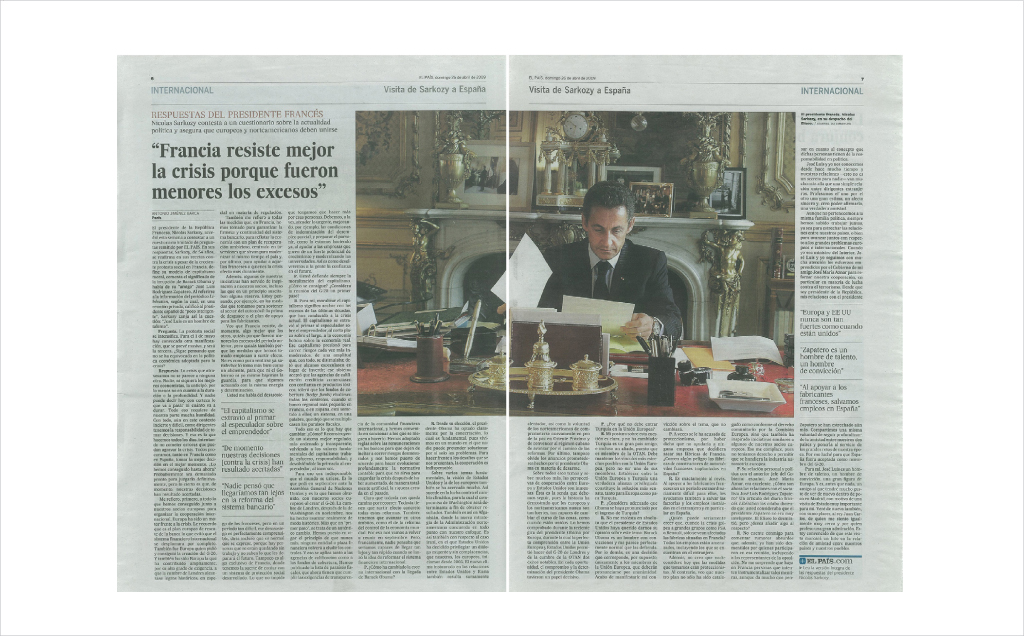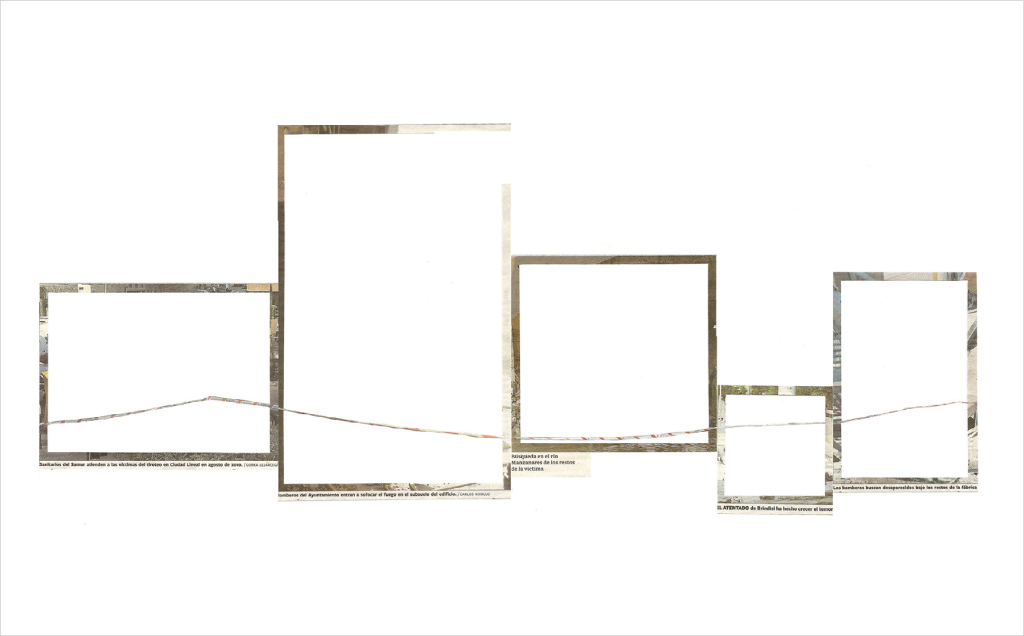



Ignacio Bautista_Paper-View_02/22/13_04/26/13
First individual Ignacio Bautista (Madrid, 1982) one of the emerging artists receiving major interest from the specialized media in recent years, at the time it is required in some of the most prestigious appointments that are shaping the profile of the new generation of creators in our country.
His work reflects on the limits of reality in function to configure this through the media. Their project, however, flees from political and social criticism to the use, by rejecting all propagandistic gesture, to propose us a lucid and fun recreation of re-reading on our present from minute gestures and sometimes almost imperceptible, however in his radicalism made new meanings and all notable dose of humor, a utopian to a relentless questioning of the given, not without irony and even lyricism.
Thus, in his first individual Ignacio collects the projects in which he has worked during the last few years. So, could not miss its already well-known work on printed sheets of newspapers ground, belonging to the “Paper-View” series. This time the politicians who lead the original appear on black backgrounds that, to delete them, give way to a complete darkness.
In “Dawn in the Odyssey”, another of the series presented in this show, these clouds removed them seem to refer to quotations from the history of art (skies of Dutch landscape painting, Gloria breaks Baroque, Rococo and romanticism, sky, etc.), but which have in fact been extracted from journalistic photographs with which the national press followed the recent events in Libya, in an international operation from which it takes its title.
Together with these works are also examples of the new series “Ghost”, where the artist has used photos of soccer goals, appeared in the sports media, taken from behind the goals, to cut them and leave only the fine mesh net, what causes as a filter to the image of the field and makes the viewer feel inside the play, but, as observed Ignacio Bautista, “cannot be reached beyond, the limit is the network, network capture goals but also the image is seen through it;” what I have done is to release that image or rather network image. “The movement or the absence of it in networks that are behind the abduction is the track that something has happened there, by the movement frozen seems it always just to escape.”
In “Catastrophe” Ignacio Bautista parts of images, taken from the internet, of the damage caused by natural disasters in different urban populations, according to the spectacle of the same. Apocalyptic images that appear to be “mounted” for your contemplation from the viewer who from work, home or anywhere is provided the possibility of seeing the monstrous image of destruction and death, they are released from the bondage of the morality, because we know perfectly that nature does it for “evil”. We fight so all trace of guilt and give rein to our penetrating Virgin look that just tries to meet the unexpected enjoy the destruction.
On this series, the artist lucidly explains: “taking the printed image of the disaster, cut the remaining materials after the destruction in the affected areas to build with them: rebuilding and riding so a new and artificial” architecture of the disaster, a new image to the delight of the audience.”
“Civilization” is another group of recent works, where he reflects on how many of the images that are published today have an electronic nature, are formed by pixels. The pixel is the smallest homogeneous unit of color and the succession of these marks the coherence of the information presented. Sometimes the author or publisher of these images pixelate them, makes modifications of the succession of pixels altering the initial coherence that is presupposed to the image at the time of its capture. The same material that forms the image is used to lose part of your information. These pixels have lost their initial nature to show to hide, and “Civilization” is a new beginning.
With the series “Screensaver” shows fragments of three tennis matches each in an independent television. During the retransmission of the parties used the same point of view to record the meeting, in this way is get a better spatial understanding of the game. Installation in the gallery the artist has placed on each of the screens a role with the silhouette delcampo, the same in all three, drawn using parallel cuts in the paper that acts as a filter for the image breaking it down into its primary colors RGB, which are also the colours of the three surfaces for tennis courts shown (red=clay, green=grass, blue=cement), resulting in a deconstruction of the gaze fixed of the viewer.
Finally in “Scene” Ignacio Bautista borrows a reflection of Bruno Cuneo (JAAR/SCL/2006) to explain his work: “The man of our time feels a strange fondness for watching others using only windows intrusive. I am referring this to the number of optical devices that has come to be developed with the sole purpose of pleasure in the contemplation of “living pictures”, especially if they are traumatic or violent. Such only hobby is understandable if, at the same time, taking into account through these devices and those shocks coming to recover morbidly of the banality of their daily experience. In everything and against everything, without ever being disorganized, he tries his technical, indolent, and prophylactic look. I speak of a look that would be compatible, as I said above, not only the fact of seeing and not seeing at the same time but also to experience the pain of others waterproofed as a spectacle”.
